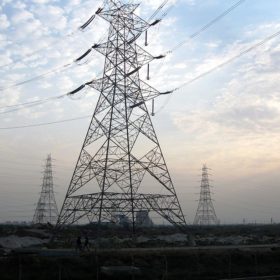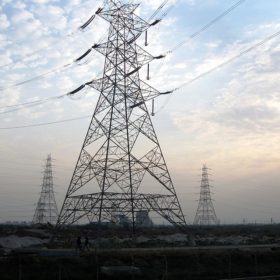Germany to help India evaluate optimal power balancing with renewables

German development agency GIZ has hired DNV GL to study control reserve requirements of India’s southern states. The study—part of the Indo-German Energy Programme—will help ensure efficient and cost-effective integration of large-scale renewable energy supplies in the region.
DNV GL, an accreditation and research group, has undertaken a study in the Southern states of India that aims to quantify the control reserve requirements in the region. The study will help to balance the energy supply from wind and solar and energy demand between these States as per India’s renewable energy plans by 2022.
The study forms a part of the Indo-German Energy Programme (IGEN)—a joint initiative of the German Ministry of Economic Cooperation and Development (BMZ) and the Indian Ministry of New and Renewable Energy (MNRE) implemented by German development agency Deutsche Gesellschaft für Internationale Zusammenarbeit (GIZ) India.
The study was carried out on behalf of the Southern Regional Power Committee (SRPC), a Government of India enterprise, and covered the southern states of Kerala, Tamil Nadu, Karnataka, Telangana and Andhra Pradesh.
For the study, DNV GL utilized its renewable energy integration study and control reserve dimensioning services to quantify the secondary and the tertiary control reserve requirements that will enable optimal sharing of power between the states.
Dimensioning of the states’ control reserves will help ensure efficient and cost-effective integration of large-scale renewable energy supplies.
DNV GL will provide recommendations to SRPC for control reserve requirement identification based on the final report.
“India is a regional and global industrial powerhouse, consuming more than 6600 TWh of energy every year. Hence, its plan to grow renewable energy is both bold and promising. Because of these factors, this study proves to be a key step towards ensuring the quality of the energy supply within this plan,” said Markus Wypior, officer for implementation at GIZ.
“India is in the midst of a very ambitious journey that will put it at the forefront of the global energy transition. This study, implemented for the southern states, with support from GIZ, would serve as a prime example of the Indian government’s commitment to making this journey a success,” said Nicolas Renon, Executive Vice President APAC, at DNV GL-Energy.
In 2016, the Indian Ministry of New and Renewable Energy (MNRE) announced one of the world’s largest renewable energy expansion programme, with the stated aim of generating 175 GW of green power by 2022. This is planned to include 100 GW of solar and 60 GW of wind power. India is already one of the world’s leading clean-energy producers, with an installed renewables capacity of 83 GW, plus 31 GW under development and a further 35 GW out for tender, according to the World Economic Forum.
The study is a further element in India’s drive towards expanding renewable energy.


